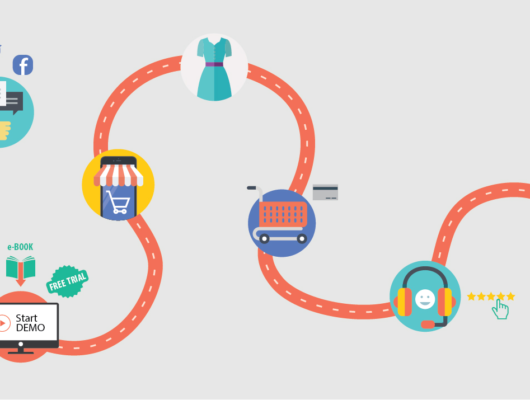In today’s information-driven world, data is the lifeblood of businesses and organizations. However, raw data alone is often meaningless without the application of data analysis.
Data analysis is the process of inspecting, cleaning, transforming, and modeling data to discover useful information, conclude facts, and support decision-making.
In this article, we will explore the world of data analysis, its importance, methodologies, and how it can be harnessed to extract valuable insights.
The Importance of Data Analysis
- Informed Decision-Making: Data analysis provides the basis for informed and data-driven decision-making. It enables organizations to make strategic choices with a high degree of confidence.
- Improved Performance: By identifying trends, patterns, and anomalies within data, businesses can optimize operations, enhance processes, and boost overall performance.
- Customer Understanding: Data analysis is crucial for understanding customer behavior, preferences, and needs. This leads to more effective marketing, personalization, and customer satisfaction.
- Risk Mitigation: Data analysis helps in identifying and mitigating risks by uncovering potential issues, fraud, and security threats.
- Innovation: Through data analysis, businesses can identify emerging trends and opportunities, fostering innovation and competitiveness.
Methodologies in Data Analysis
- Descriptive Analysis: This method focuses on summarizing and describing data, typically through visualizations, such as histograms, pie charts, or bar graphs. It provides a snapshot of the current state of data.
- Exploratory Analysis: Exploratory data analysis involves the initial steps of examining data to discover patterns, anomalies, and relationships. Techniques include scatter plots and correlation analysis.
- Inferential Analysis: Inferential analysis uses data to make inferences about a larger population. It often involves hypothesis testing and statistical modeling.
- Predictive Analysis: Predictive analysis utilizes historical data to make predictions about future outcomes. Machine learning algorithms are commonly used in predictive modeling.
- Prescriptive Analysis: Prescriptive analysis suggests actions or decisions based on the insights derived from data. It’s valuable for optimizing processes and decision-making.
Data Analysis in Action
- E-commerce: Online retailers use data analysis to optimize pricing strategies, personalize product recommendations, and predict demand, enhancing the customer shopping experience.
- Healthcare: Data analysis in healthcare helps identify disease trends, optimize patient care, and predict disease outbreaks. It’s also essential for clinical trials and research.
- Finance: Banks and financial institutions employ data analysis to detect fraud, assess credit risk, and make investment decisions.
- Marketing: Marketers use data analysis to measure the effectiveness of campaigns, identify target audiences, and optimize ad spend.
- Manufacturing: Data analysis is used in manufacturing for quality control, process optimization, and predictive maintenance to prevent machine failures.
Challenges and Considerations
- Data Quality: The quality of the data is crucial. Garbage in, garbage out. Data should be clean, accurate, and complete.
- Data Privacy and Security: Protecting sensitive data is paramount. Compliance with data protection regulations is essential.
- Tools and Technology: Choosing the right data analysis tools and technologies is critical for efficiency and accuracy.
- Interpretation: The insights derived from data must be interpreted correctly to make meaningful decisions.
Conclusion
Data analysis is the bridge between raw data and actionable insights. In an age where data is abundant, businesses and organizations that master the art and science of data analysis are better equipped to thrive.
Whether it’s optimizing operations, understanding customer behavior, or making data-driven decisions, data analysis is the cornerstone of success in virtually every industry.
As technology and methodologies continue to evolve, the power of data analysis will only become more pronounced, shaping the future of business and innovation.






